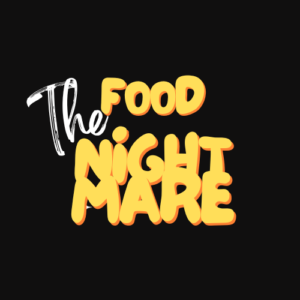SEAFOOD NIGHTMARE
When discussing "food nightmares" in the context of seafood, we're essentially delving into various risks and dangers associated with seafood consumption. These can range from foodborne illnesses to ecological and ethical concerns. Here are some key aspects of what might be considered seafood nightmares:
Foodborne Illnesses and Poisoning:
- Shellfish Poisoning: This includes paralytic shellfish poisoning (PSP), neurotoxic shellfish poisoning (NSP), and diarrhetic shellfish poisoning (DSP), caused by toxins accumulated in shellfish like clams, mussels, and oysters.
- Ciguatera Poisoning: Caused by eating fish that have consumed toxins produced by microalgae, commonly found in tropical reef fish like barracuda, grouper, and snapper.
- Scombroid Poisoning: Triggered by improperly stored or spoiled fish like tuna and mackerel, leading to high levels of histamine and scombroid toxin.
- Mercury and Heavy Metal Contamination: Predatory fish like shark, swordfish, king mackerel, and tilefish can contain high levels of mercury, posing health risks, particularly to pregnant women and children.
Allergic Reactions: Seafood is one of the most common food allergens, often causing severe and potentially life-threatening reactions in sensitive individuals.
Environmental and Ecological Impact:
- Overfishing: Many fish populations are declining due to overfishing, threatening the balance of marine ecosystems.
- Bycatch: The unintentional capture of non-target species (like dolphins, turtles, and seabirds) during fishing operations.
- Habitat Destruction: Practices like bottom trawling can destroy seabed habitats, impacting a wide range of marine species.
Ethical Concerns:
- Fishing Practices: Some fishing methods are criticized for being inhumane or for causing unnecessary suffering to aquatic creatures.
- Labor Practices in the Seafood Industry: There have been numerous reports of human rights abuses and exploitative labor practices in certain segments of the seafood industry.
Sustainability Issues: The challenge of sourcing seafood sustainably while meeting global demand is significant. Unsustainable practices can lead to depleted stocks and ecological imbalance.
Aquaculture Concerns:
- Antibiotic Use: Overuse of antibiotics in fish farming can lead to antibiotic-resistant bacteria.
- Pollution and Disease: High-density aquaculture can lead to pollution and increase the risk of disease in farmed fish.
Mislabeling and Fraud: Seafood fraud, where less desirable or cheaper species are mislabeled as more expensive ones, is a widespread issue, misleading consumers and potentially introducing health risks.
Biotoxins and Algal Blooms: Algal blooms can produce biotoxins that accumulate in seafood, leading to various health risks.
In conclusion, while seafood is an essential part of many diets around the world and a crucial source of nutrition, there are numerous "nightmares" or challenges associated with its consumption and production. These range from direct health risks to broader environmental and ethical concerns, highlighting the need for more sustainable, responsible, and transparent practices in the seafood industry.
